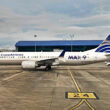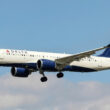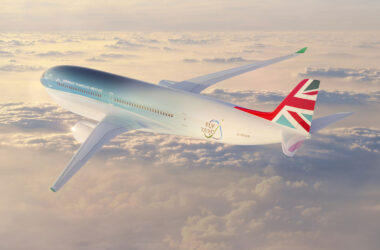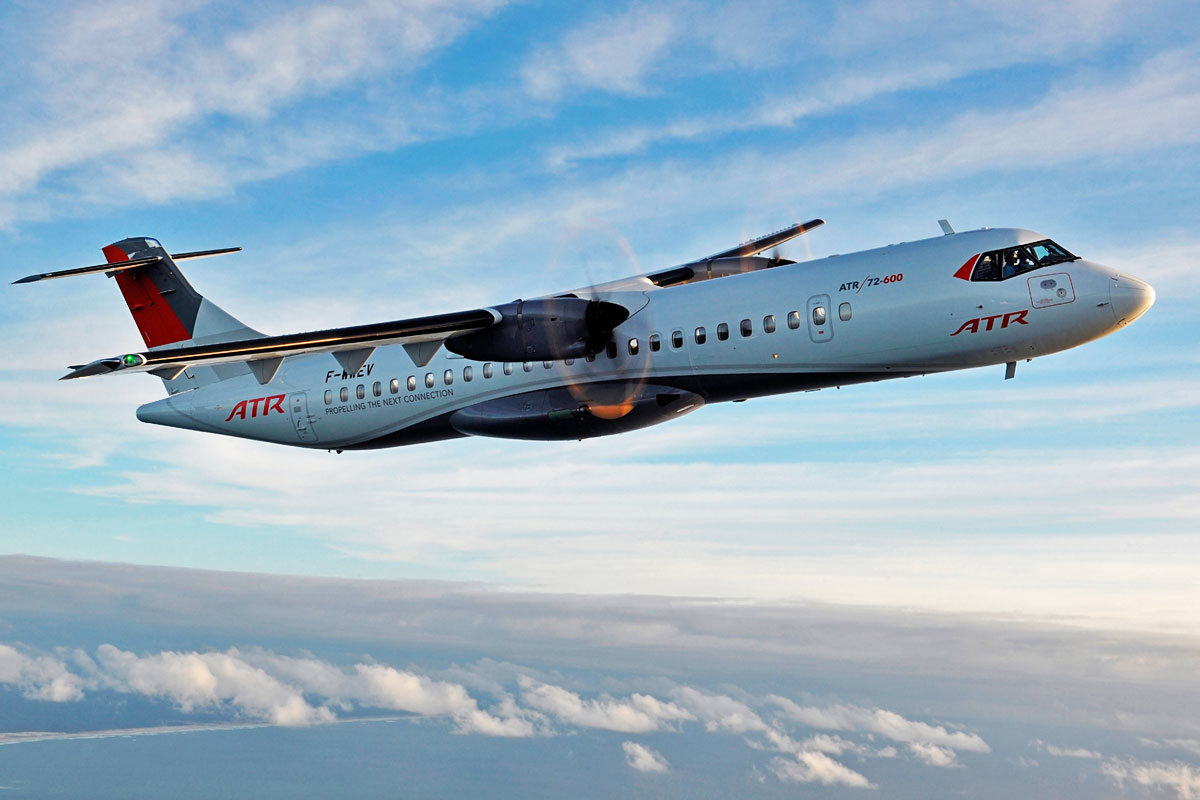New images recently released by NASA have revealed the complete shape of the X-59 Quesst, a supersonic demonstration aircraft designed by the US space agency in partnership with Lockheed Martin’s Skunk Works division.
According to NASA, the aircraft was moved from the assembly hangar at Skunk Works in Palmdale, California, to the flight path in the same location, where the aircraft will undergo ground tests in preparation for its maiden flight.
Despite progress in construction, there is still no definition on the date of the first flight of the X-59.
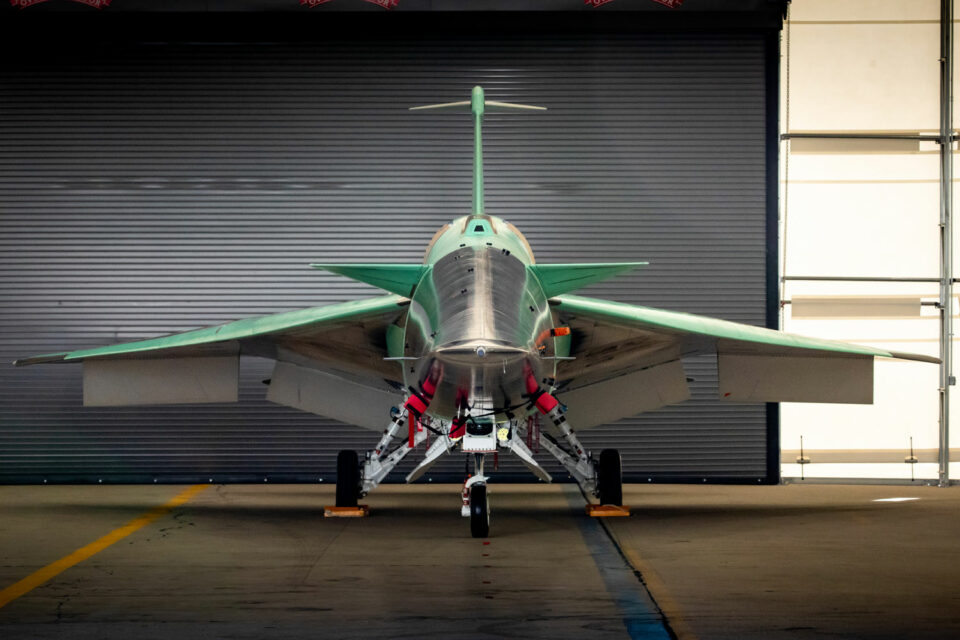
The X-59 is the centerpiece of NASA’s Quiet Supersonic Transport (Quesst) mission. The sleekly designed aircraft is designed to demonstrate the ability to fly at supersonic speed, or faster than Mach 1 (1,234 km/h at sea level), while reducing the sonic boom to “a silent thump”, the agency says.
Once ground testing and final adjustments to the aircraft are complete, NASA will then fly the X-59 over various communities to collect data on human responses to noise generated by the demonstrator during supersonic flights.
Subsequently, the information obtained from the tests with the X-59 will be sent to US and international regulators to possibly allow the flight of supersonic commercial planes over continental regions – the current regulation only allows supersonic commercial flights over oceanic areas.
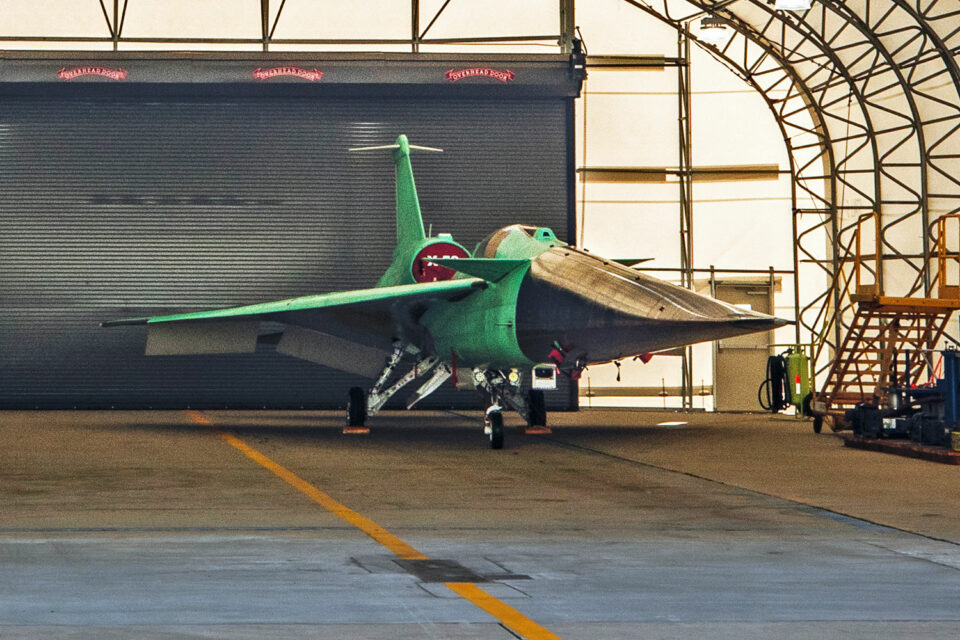
Most popular posts
[wpp range=’last24hours’ wpp thumbnail_width=100 thumbnail_height=75 limit=3 stats_views=0 order_by=’views’]The sonic boom was one of the reasons for the Concorde’s downfall. The passenger supersonic was withdrawn from service in 2003 and could travel at Mach 2.04 (2,179 km/h).
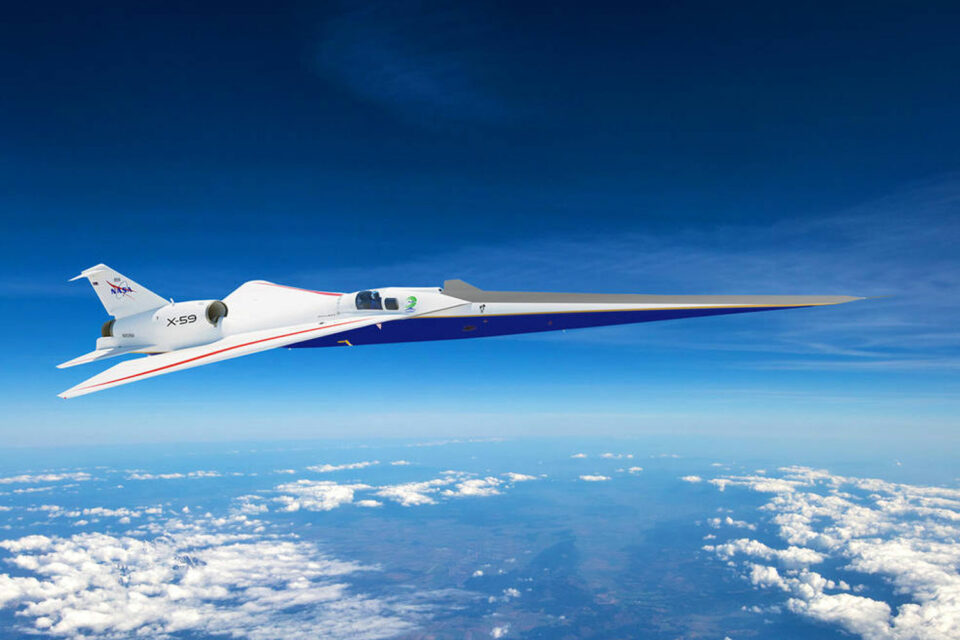
However, flying at that speed over inhabited centers, even at high altitudes, generates a great environmental and even destructive impact, with the potential to shatter glass windows with the force of the shock waves created by the object flying at a speed greater than that of the sound.
If NASA succeeds in solving the charade of silent supersonic flight (or with a noise level that is not harmful), aircraft with this capability could be used on more routes and make the high-speed aviation market viable.


